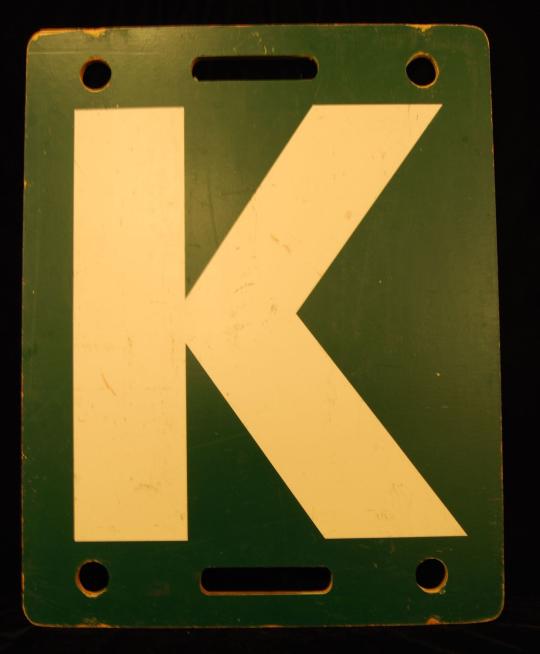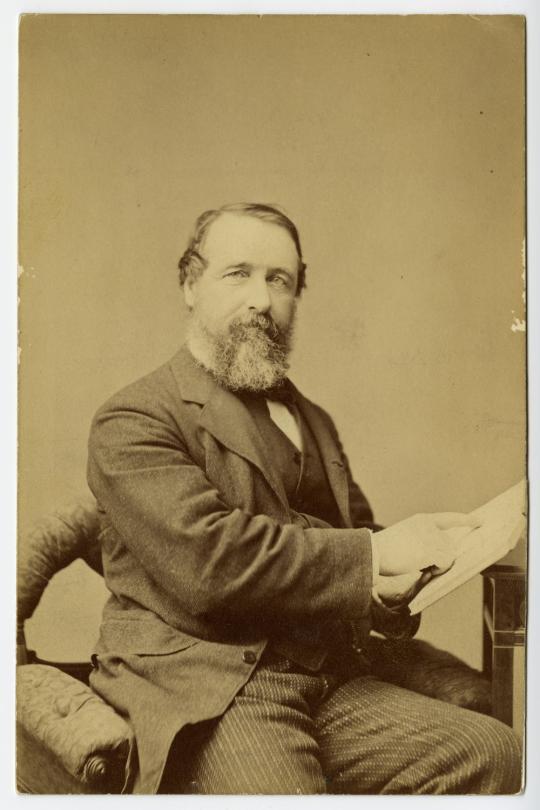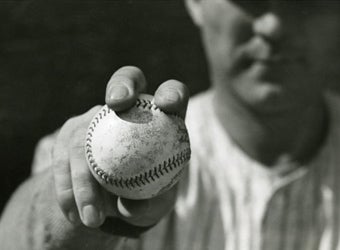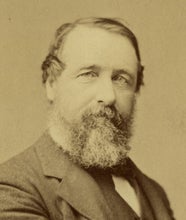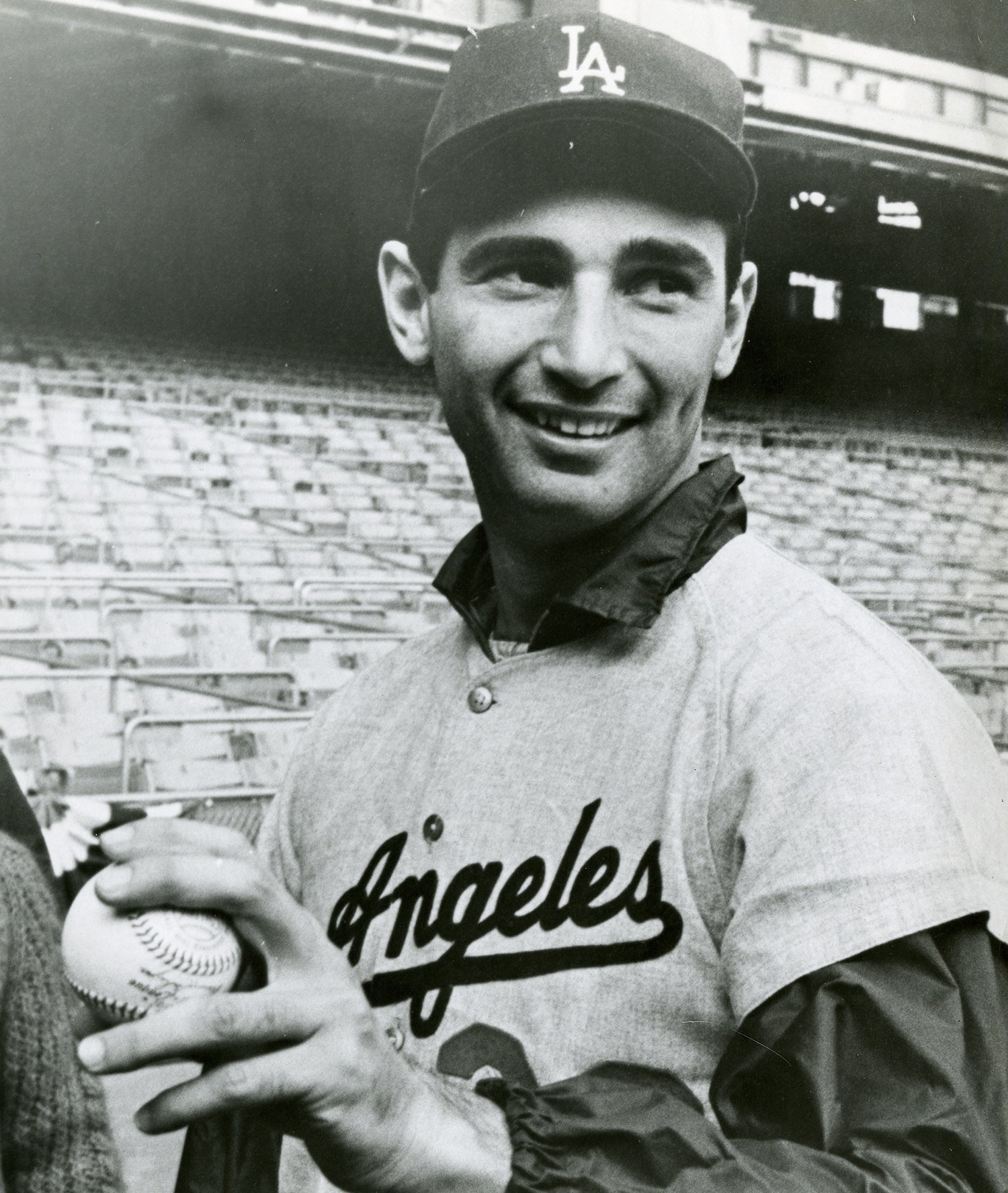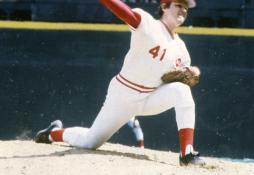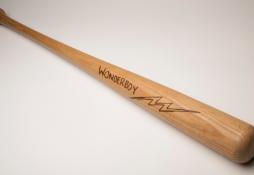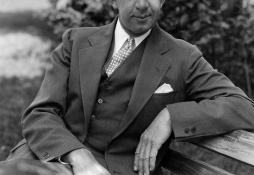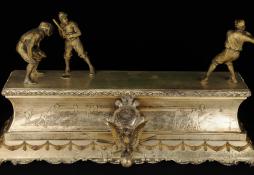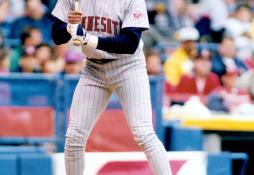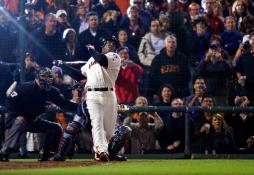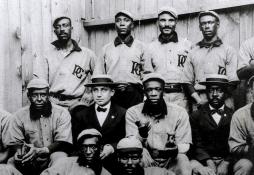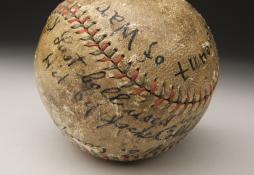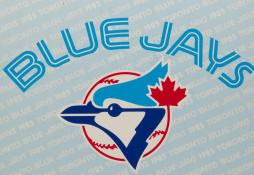- Home
- Our Stories
- "K" as in Cain
"K" as in Cain
On June 13, 2012, San Francisco Giants pitcher Matt Cain completed the 22nd perfect game in baseball history. Adding to the excitement, it was the first ever thrown for the franchise, which joined the National League in New York in 1883. During the game, Giants fans celebrated each of Cain’s strikeouts by hanging a “K” sign just out of play on the ballpark’s brick right field wall.
In his 10-0 defeat of the Houston Astros, the right-hander recorded a career-best 14 strikeouts, tying the mark for the most in a perfect game, set by Sandy Koufax in 1965. When Cain and the Giants donated items from the brilliant performance to the Baseball Hall of Fame, the club included a “K” sign, measuring 22 inches by 28 inches.
The tradition of hanging signs on the walls of AT&T Park to keep count of a statistic began at the height of Barry Bonds’ career, well after fans at other ballparks established the popular tradition of displaying “K” signs for strikeouts. In 2004, San Francisco fans began adding a rubber chicken to a wire near the right field seats each time an opposing pitchers issued an intentional walk, to mock the visiting club’s tactics. A few years later, Giants fans switched to celebrating home team pitchers’ strikeouts by posting their own paper “K” signs.
In 2009, the club made that ritual official by hanging 21 signs on that same wall, one more than the major league nine-inning game strikeout record. At the start of a game, each sign shows a blank back, hiding the letter K on the reverse. After each strikeout by a San Francisco pitcher, fans seated directly behind the signs in the front row of section 151 reveal the K in front of them. The signs have handles and hanging holes at the top and the bottom, so fans may rotate the sign upside down if the batter was caught looking. The resulting backwards K is the scorecard symbol to note when a batter takes strike three. Ushers are close by to make sure the designated fans complete their task smoothly.
The letter K has long represented a strikeout in the standard code for scoring baseball games, dating back to the game’s early history and the venerable Henry Chadwick. He was born in England and worked as a sportswriter covering cricket matches in the New York City area in the 1850s. Chadwick then forged an allegiance to the sport of baseball that lasted into the next century. He covered the games, published rule books and annual guides, created statistics such as batting average and ERA to rate the relative performance of players, and invented systems for scoring games to track every play. Chadwick often used either the first or last letter of key words in his scoring scheme. He used K to represent “struck out” because it is the last letter in “struck.” Like many of Chadwick’s innovations, this symbol is still used today.
Frank Pearsall took this portrait of Chadwick in 1874, it was one of many that the successful Brooklyn photographer took of the sportswriter over the decades. Chadwick used the images to illustrate his various publications and as gifts to friends and relatives.
Lenny Difranza is the assistant curator of new media at the National Baseball Hall of Fame and Museum
Reproductions
The National Baseball Hall of Fame and Museum features a collection of nearly 250,000 photographs like this one. Reproductions are available for purchase. To purchase a reprint of this photograph or others from the Photo Archive collections, please call (607) 547-0375 or email jhorne@baseballhall.org. Hall of Fame members receive a 10-percent discount.
Online Photo Exhibits
More Photos
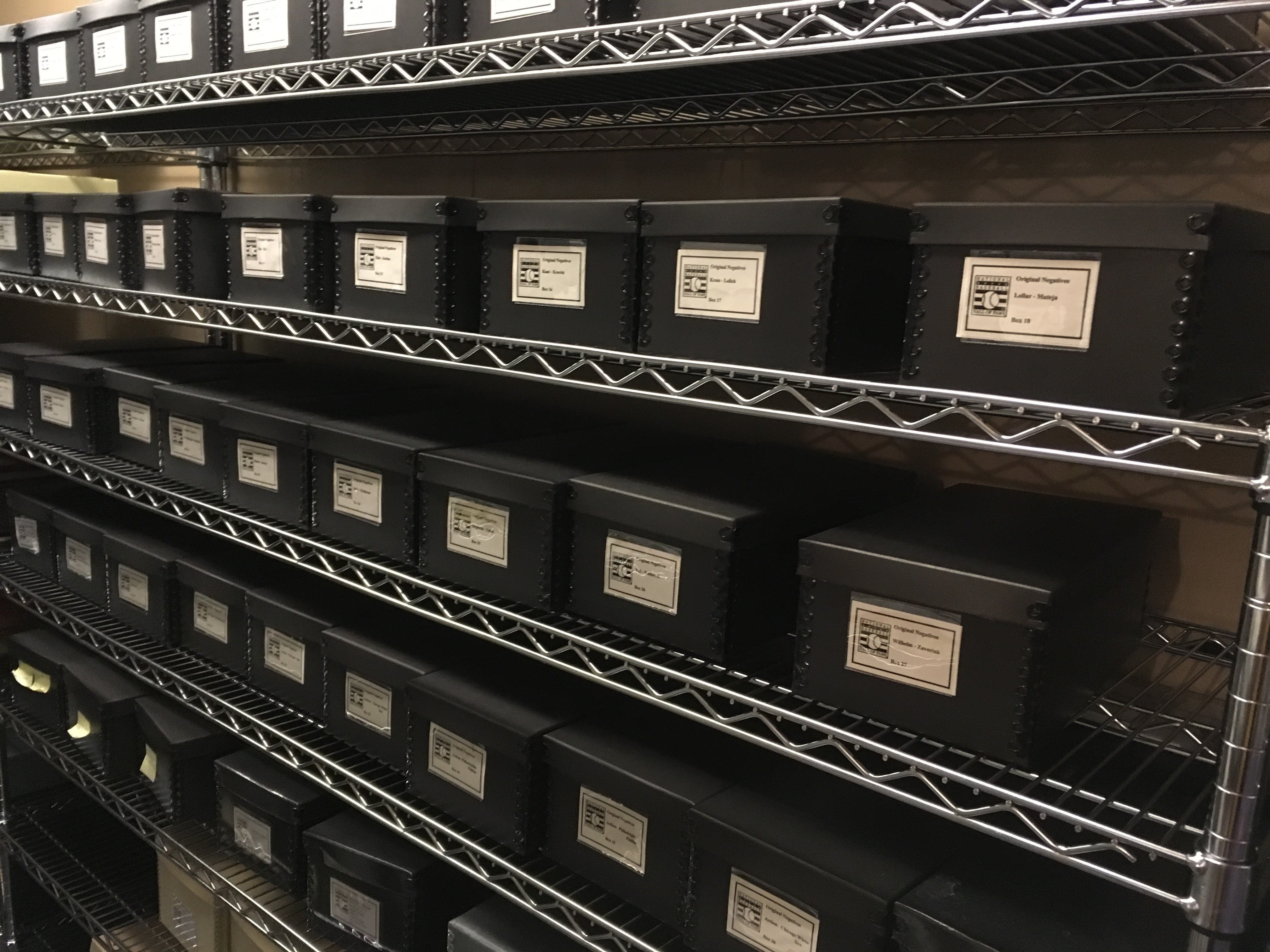
Dean O. Cochran, Jr. Photograph Archives

Visit the Giamatti Research Center

Dean O. Cochran, Jr. Photograph Archives

Visit the Giamatti Research Center
Support the Hall of Fame
Mentioned Hall of Famers
Related Stories
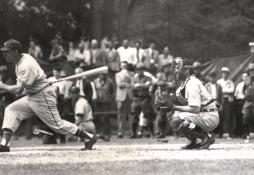
1946 Hall of Fame Game
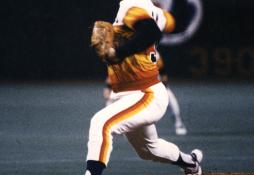
Nolan Ryan becomes baseball’s first million dollar man
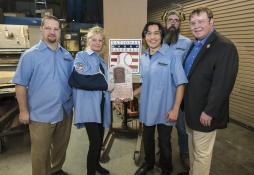
New Hall of Fame plaque sculptor Tom Tsuchiya to debut in 2016
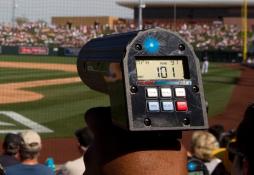
Caught in the Draft
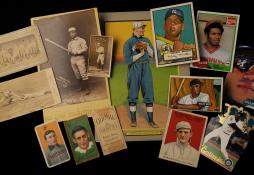
#CardCorner: 1976 Topps Oscar Gamble
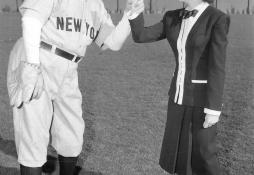
The Wright Stuff
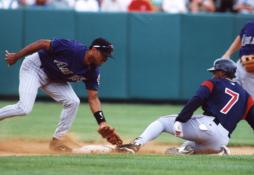
2000 Hall of Fame Game
Classic Comeback
Hall of Fame Induction Weekend Visitors Urged to Utilize Special Parking Options
01.01.2023
Hall of Fame’s BASE Race Takes Runners on Journey through Historic Cooperstown on Saturday
01.01.2023

